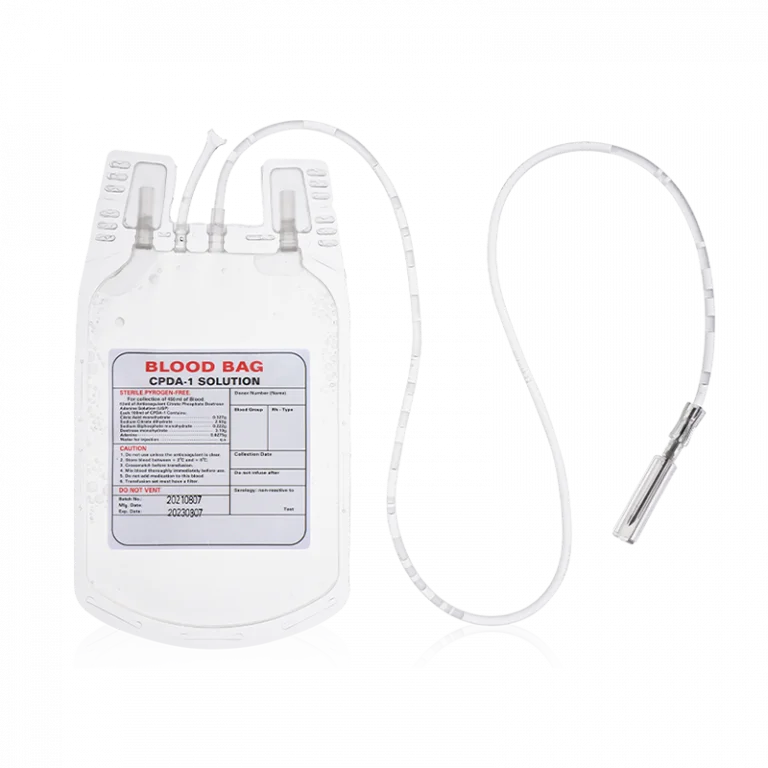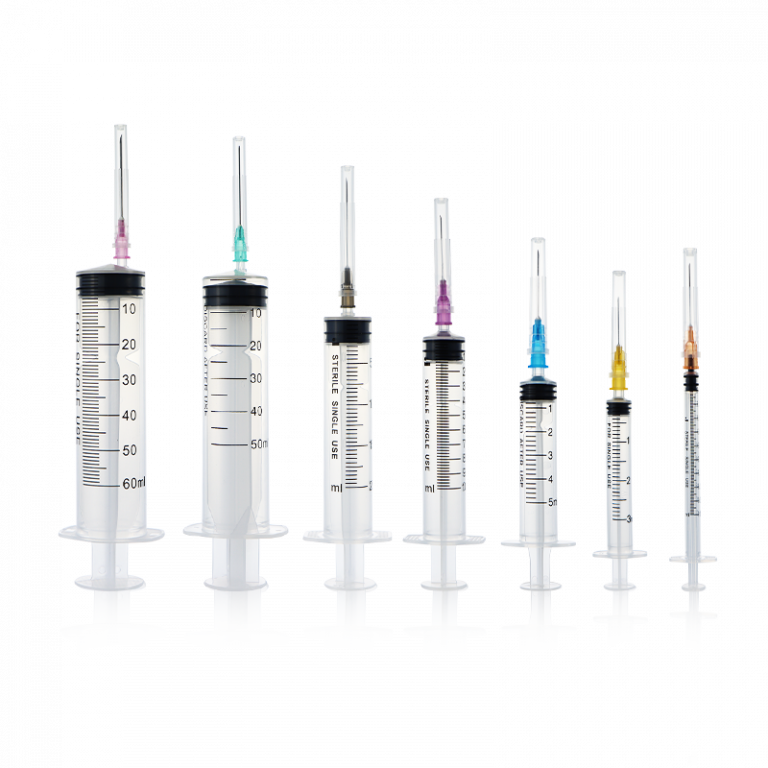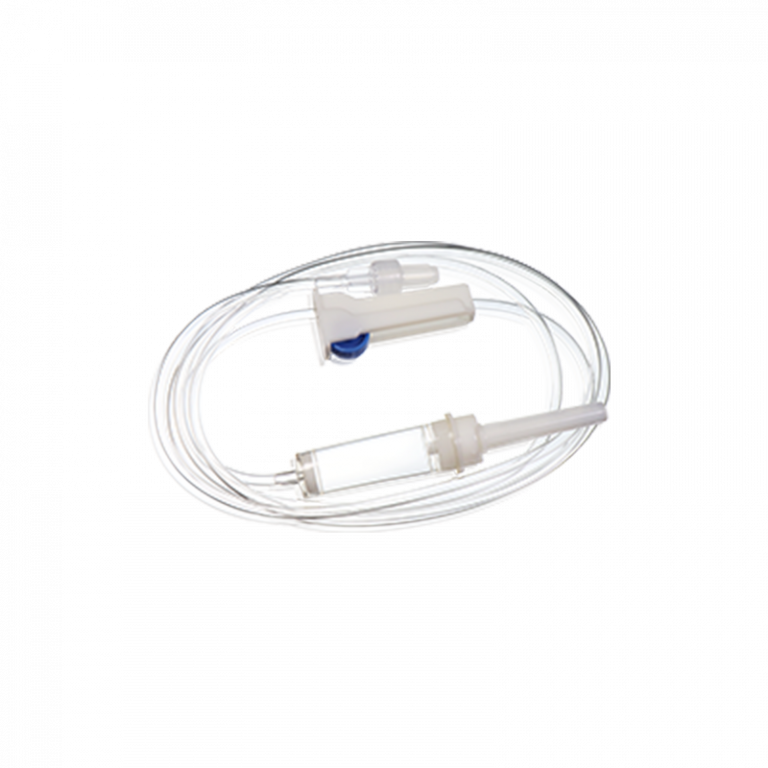Suture threads are medical devices used to suture injured or postoperative human tissue. They play a crucial role in surgeries by promoting wound healing and reducing infection risks.
Surgical sutures have a long history. In ancient times, people used plant materials such as flax, hemp, and cotton or animal materials such as hair, tendons, muscles, nerves, silk, and intestinal thread to make sutures.
Suture threads play an important role in surgery, such as promoting wound healing, preventing infection, controlling bleeding, and reducing pain caused by wound friction.
Understanding the Suture Thread
Surgical sutures can be classified into various types based on different standards.[1] There are also different sizes to choose from according to the actual surgical situation.
Classifications of Surgical Sutures
There are different types of sutures based on absorption, structure, and material composition. Absorbable and non-absorbable sutures vary in whether our bodies can degrade them.
- Absorbable sutures:As they can be gradually absorbed and dissolved by human tissues, there is no need to remove the suture Absorbable sutures are commonly used as internal sutures. Common materials include polyglycolic acid, catgut, and polydioxanone.
- Non-absorbable sutures:Non-absorbable sutures such as nylon and polypropylene are not absorbed in the body and need to be removed. They are usually used for skin stitching because the skin heals faster.
According to the structure, the suture thread can also be divided into monofilament and braided sutures.
- Monofilament sutures: Made from a single thread, their surface is smooth, and it is not easy to attach bacteria. However, more knots may be needed when using a single thread due to its smooth surface. Thus, monofilament suture threads are good for cardiovascular and neurological surgeries.
- Braided sutures: Braided sutures are made of multiple threads. It has high tensile strength and good knot security but may increase tissue reactions and infection risks.
Moreover, according to the material, the suture threads can be divided into natural and synthetic sutures.
- Natural sutures:Natural sutures usually refer to materials made from animal and plant materials, such as silk and catgut. These sutures have good biocompatibility, meaning they have a low risk of foreign object stimulation. However, they may pose a potential risk of pathogen infection.
- Synthetic sutures:Nylon and polypropylene synthetic sutures degrade more slowly and also cause less inflammation. Moreover, they can provide precise tension and absorption time, which is more suitable for surgeries.
Selection of a Suture Size
Optimizing surgical results requires choosing the right kinds of sutures and their size. The widely adopted standard for surgical threads is the United States Pharmacopeia’s classification. The diameter decreases sequentially from 7 to 10-0 in size. Suture strength and handling depend on this size.
For example, a 10-0 suture is finer and less reactive for delicate, precision-required operations. On the other hand, a 2-0 or bigger suture thread is better for supporting muscle tissue in abdominal surgery.
Surgeons may employ a thicker, stronger suture to accommodate enlarged or inflamed tissue, depending on tissue type and infection. Each suture material has a different elasticity, memory, and plasticity. When selecting suture threads of different sizes, doctors need to consider their operational properties and tensile strength.
What are the Characteristics of Good Suture Threads?
So, what is the most important thing when choosing suture threads? The following are several factors that need to be considered:
Knot Security and Tensile Strength
Suture thread knot security is essential for wound closure. The suture must be able to knot stably to ensure that it does not loosen during surgery and healing, thereby allowing a smoother healing process.
Apart from that, high tensile strength is also important in wound healing. This refers to the maximum tensile force that the suture can withstand without breaking, especially in body parts that need frequent movement or withstand high stress, such as near joints.
Antibacterial Performance
Excellent sutures prevent bacteria and other pathogenic microorganisms from hiding in their gaps, thereby reducing the risk of infection. This property is particularly important in surgeries that are prone to contamination, such as open fractures or debridement surgery.
For surgery inside the body, braided sutures should be avoided, and monofilament suture threads and absorbable sutures that are not easily attached by bacteria should be selected.
Low Tissue Reactivity
Low tissue reactivity means that sutures cause less inflammation and foreign body reactions in the body. This helps to reduce scar formation and is suitable for patients who are sensitive to ordinary suture materials.
Silk can cause inflammation because its structure acts as a good bacterial receptor. The sutures of synthetic materials such as PGA typically have lower tissue reactivity due to their consistent chemical and physical properties.[2]
Easy to Operate
Surgical efficiency depends on the ease of use of suture thread. Smoother monofilament suture threads flow through tissues and can be shaped more easily.
Braided suture threads, although harder to handle, have higher knot security and are preferred in cardiovascular procedures that need tight, secure suturing.
WEGO Medical’s Surgical Sutures
WEGO Medical develops many surgical thread types. Our absorbable sutures, such as WEGO PGA and WEGO PGLA, approximate interior tissue and dissolve naturally. They can be applied to general soft tissues where only short-term wound support is required.
Our non-absorbable sutures, such as WEGO NYLON, WEGO SILK, and WEGO PVDF, are durable and suitable for long-term use. They can be applied to cardiovascular, ophthalmic, and neurological procedures.
Our sutures are certified by CE and FDA 510K for worldwide standards. Since 2016, we have become the first suture manufacturer in China to have a full line of sutures certified by CE and FDA 510K. Products include PGA, PGLA, PDO, PGCL, Chromic Catgut, Plain Catgut, Silk, Nylon (Polyamide), Polypropylene, Polyester, etc. Here is specific information about parts of the product:
| Absorbable or non-absorbable | Material | Structure | Color | Application |
Absorbable | 100% polyglycolic acid | Monofilament, Braided | Violet/ undyed | General soft tissue, ophthalmic surgery | |
Absorbable | Poly(glycolide-co-lactide) | Monofilament, Braided | Violet/ undyed | General soft tissue, ophthalmic surgery | |
Non-absorbable | Polypropylene | Monofilament | Blue/undyed | Cardiovascular, ophthalmic, and neurological procedures | |
Non-absorbable | Polyamide 6 and 6.6 | Monofilament, Braided, Cable (Supramid) | Blue/black | The central circulatory system and the central nervous system | |
Non-absorbable | Polyvinylidene Fluotide | Monofilament | Blue/undyed | Cardiovascular and neurological surgeries |
FAQs
Sutures vs. Stitching?
Sutures are nylon or polyglycolic acid used to seal wounds. Stitching is the technique of using suture threads to join tissues. Some people may mix these two phrases together. However, recognizing the difference is essential for accurate communication.
How to Disinfect the Suture Thread?
Suture threads are usually sterilized during the production process. If the suture is accidentally contaminated, it should be replaced, as conventional disinfection methods may damage its structure and function.
How to Avoid Postoperative Infections and Complications?
Firstly, sterile procedures should be strictly followed throughout the entire surgical process. Secondly, choosing sutures with good biocompatibility and low tissue reactivity is more conducive to wound healing. Finally, the correct stitching technique is also important to ensure proper stitching.
How Long Does It Take to Remove the Suture?
The timing of suture thread removal varies with wound location and healing pace. Facial sutures heal quicker and might be removed within 3 to 5 days. Hands or feet sutures may last for 10 days or longer.[1] Healthcare personnel must examine wound healing for the best timing for suture removal.
Conclusion
In surgical procedures, suture selection and use are crucial for the wound-healing process. Doctors need to choose the most suitable suture material and size based on the specific situation of each patient to ensure the success of the surgery and the rapid recovery of the patient.
Contact us for more specific information about suture threads!
References
[1] Everything You Need to Know About Surgical Sutures. Available at: https://www.healthline.com/health/sutures (Accessed: 7th May 2024)
[2] Characteristics of Suture Materials Used in Oral Surgery: Systematic Review. Available at: https://www.ncbi.nlm.nih.gov/pmc/articles/PMC9275112/ (Accessed: 7th May 2024)














